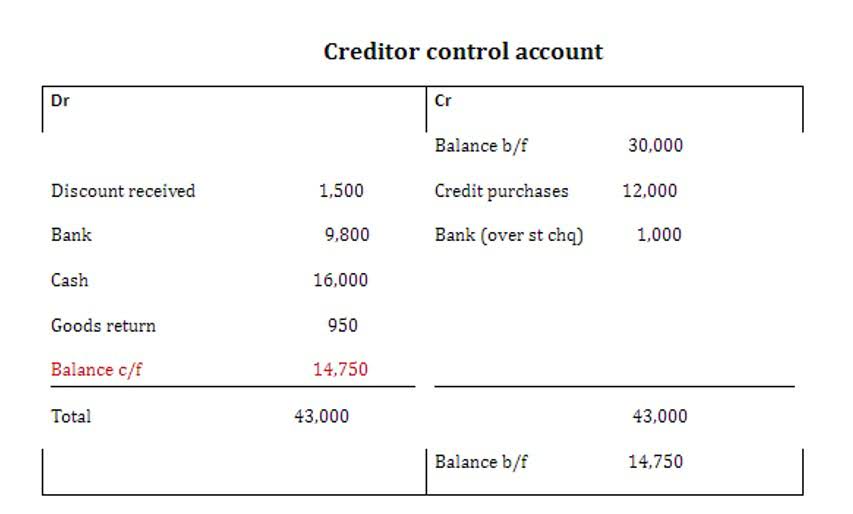Currently Empty: $0.00
Cash Flow Forecasting in Construction: How to and Best Practices

Adhering to contract terms is fundamental in construction project management. This involves ensuring strict compliance with the stipulated payment schedules, milestones, and invoicing requirements outlined within the contract. Compliance with these terms ensures that financial obligations are met on time, allowing for a smooth flow of funds throughout the project. Deviations from the agreed-upon terms can lead to disputes, payment delays, or even legal issues, impacting the project’s cash flow and overall progress. Engaging with project stakeholders is a crucial component of effective cash flow Bookkeeping for Chiropractors management in construction projects.
- Or, if you discover that the summer months are particularly profitable, you can get a sense of how much you need to set aside to save for the slow times.
- Reviewing and improving your systems should be a top priority in improving and controlling your construction cash flow – and managing those cash flows is at the very top of your priority list.
- Contractors should leverage historical project data, market trends, and project-specific factors to create realistic cash flow projections.
- Compliance with auditing standards is equally important for construction companies.
- Our proprietary data shows it takes Buildertrend customers 42 days on average to get paid manually by check.
- All of these factors are vital to the long-term success (and financial wellbeing) of your construction business.
Maintaining Sufficient Working Capital
- Relying heavily on a single large contract poses a significant financial risk, especially for subcontractors due to the “pay when paid” clause that is common in many contracts.
- Buildertrend’s construction budgeting software connects cost code systems with estimates to establish clear budgets from project start.
- Delays caused by factors such as permitting issues, weather conditions, material shortages, or design changes can lead to additional costs and eat into profits.
- This practical guide for construction companies explains how you can accurately allocate overhead costs to maximize profit, including finding overhead rates.
- Slow, late, and partial payments can cause serious cash flow issues for construction businesses.
- Modern software solutions have impacted budget tracking, providing contractors with real-time insights into project expenditures and financial performance.
This structured approach aligns with the cyclical nature of construction projects, ensuring that funds are available when needed most. Construction loans offer a longer-term financing solution, providing financial stability throughout the project. Modern software solutions have impacted budget tracking, providing contractors with real-time insights into project expenditures and financial performance. Cloud-based platforms fixed assets enable seamless collaboration and accessibility, allowing stakeholders to monitor and update budgetary information, no matter their location. This real-time visibility empowers project managers to identify potential cost overruns promptly, facilitating agile decision-making to keep projects within budgetary constraints.

Create a layered approach to cash flow project reports.
- Building strong relationships with stakeholders based on mutual respect and understanding contributes to a more predictable and stable cash flow, reducing the likelihood of payment disputes and delays.
- It is a good idea to invest excess cash so you can earn more through interest and investment gains.
- Incorporating change orders and other modifications into both the schedule of values and thus the cash flow projections is essential.
- Furthermore, customizable features provide flexibility for different project needs, while consistent data management across multiple projects ensures uniformity in cash flow forecasting.
- Ultimately, cash flow projection reports are a key piece in the successful financial management of construction projects.
Right from our system, you can send invoices or change orders and your clients can log in to accept and then immediately pay. Project management software can make sure you’re collecting as quickly as can be. This can help measure if you’re able to cover your bills and keep your business moving forward. Construction software improves operational efficiencies by aligning teams and driving growth in construction cash flow simple, easy-to-use ways. The ability to invest in technology depends on you having enough cash to be able to prioritize these indirect costs. Offering customers multiple payment options, such as credit card payments, wire transfers, or ACH payments can help speed up the collection process.

Subtract the estimated expenses from the estimated income

Alternatives include home equity financing, unsecured personal loans, secured personal loans, or cash. Borrowers can quantify the funding available to them by requesting a pre-approval letter. The pre-approval will include downpayment requirements, loan amount, interest rate, and loan term, all of which are subject to change before the loan funds.
Optimize your accounts receivable process 

Plus, it offers real-time data synchronization and automated calculations, ensuring your cash flow calculations are current and accurate. To properly manage cash flow in construction for the company overall requires taking a step back to view all the business operations rather than just at the project level. You need to know where your company is financially, where it needs to be, and how to get there. While no two situations are the same, the below should give you a decent understanding. Industry research shows the negative effects of extended payment wait times, also referred to as “days sales outstanding,” on contractors’ cash flow.

This statistic underscores the criticality of cash flow in construction, making it a pivotal factor that distinguishes project success from setbacks. It requires a clear understanding of work-in-progress accounting, a solid base of historical data, and careful estimation of future financial activities. By effectively implementing these steps, construction firms can develop robust cash flow projections, leading to better financial planning and project success. Notably, some construction businesses can be profitable but still have negative cash flow. This happens when a company has recognized revenues higher than its expenses—but it hasn’t yet received all of its earned income. In construction, this can happen due to retainage, slow payment, long-term capital expenditures, or poor invoicing procedures.



